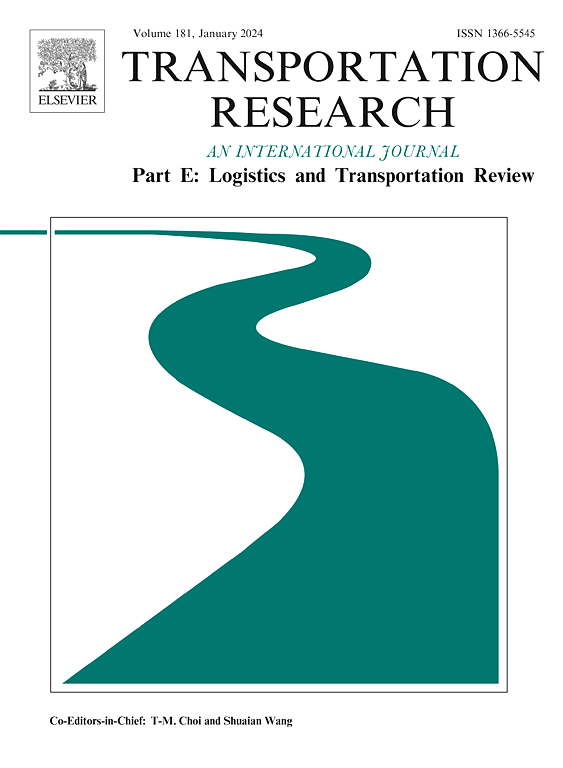Optimal operational and carbon neutrality strategies for private hospitals: A multi-objective approach considering patient flow
IF 8.3
1区 工程技术
Q1 ECONOMICS
Transportation Research Part E-Logistics and Transportation Review
Pub Date : 2025-04-08
DOI:10.1016/j.tre.2025.104107
引用次数: 0
Abstract
Hospitals are now the fifth-largest source of global greenhouse gas (GHG) emissions. Despite this significant impact, the critical goal of achieving carbon neutrality is often overlooked in optimization studies on healthcare operations management. To address this gap, this paper proposes a novel multi-objective decision-making framework for private hospitals that balances patient health, environmental impact, and economic performance. This study tackles the intricate challenge of multi-objective optimization that maximizes patient utility and hospital profit while simultaneously minimizing net carbon emissions. An exact algorithm based on the ε-constraint method is employed to optimize hospital operational decisions by discretizing patient utility and net carbon emission targets into linear constraints on the non-concave profit objective. This approach guarantees Pareto-optimal solutions, thus enabling hospital decision-makers to select their preferred options among the three criteria: patient utility, environmental sustainability, and hospital profitability, while exploring the resulting trade-offs. Additionally, this study discusses the impacts of hospital operational decision changes on these objectives, particularly under scenarios where patient flow increases waiting time due to limited hospital capacity. To validate the practical significance of the proposed multi-objective optimization model and evaluate the effectiveness of the proposed algorithm, two case studies and sensitivity analyses are conducted. The results demonstrate that this approach effectively supports hospital decision-makers in making informed decisions that balance patient utility, carbon neutrality, and hospital profitability objectives.
求助全文
约1分钟内获得全文
求助全文
来源期刊
CiteScore
16.20
自引率
16.00%
发文量
285
审稿时长
62 days
期刊介绍:
Transportation Research Part E: Logistics and Transportation Review is a reputable journal that publishes high-quality articles covering a wide range of topics in the field of logistics and transportation research. The journal welcomes submissions on various subjects, including transport economics, transport infrastructure and investment appraisal, evaluation of public policies related to transportation, empirical and analytical studies of logistics management practices and performance, logistics and operations models, and logistics and supply chain management.
Part E aims to provide informative and well-researched articles that contribute to the understanding and advancement of the field. The content of the journal is complementary to other prestigious journals in transportation research, such as Transportation Research Part A: Policy and Practice, Part B: Methodological, Part C: Emerging Technologies, Part D: Transport and Environment, and Part F: Traffic Psychology and Behaviour. Together, these journals form a comprehensive and cohesive reference for current research in transportation science.

 求助内容:
求助内容: 应助结果提醒方式:
应助结果提醒方式:


